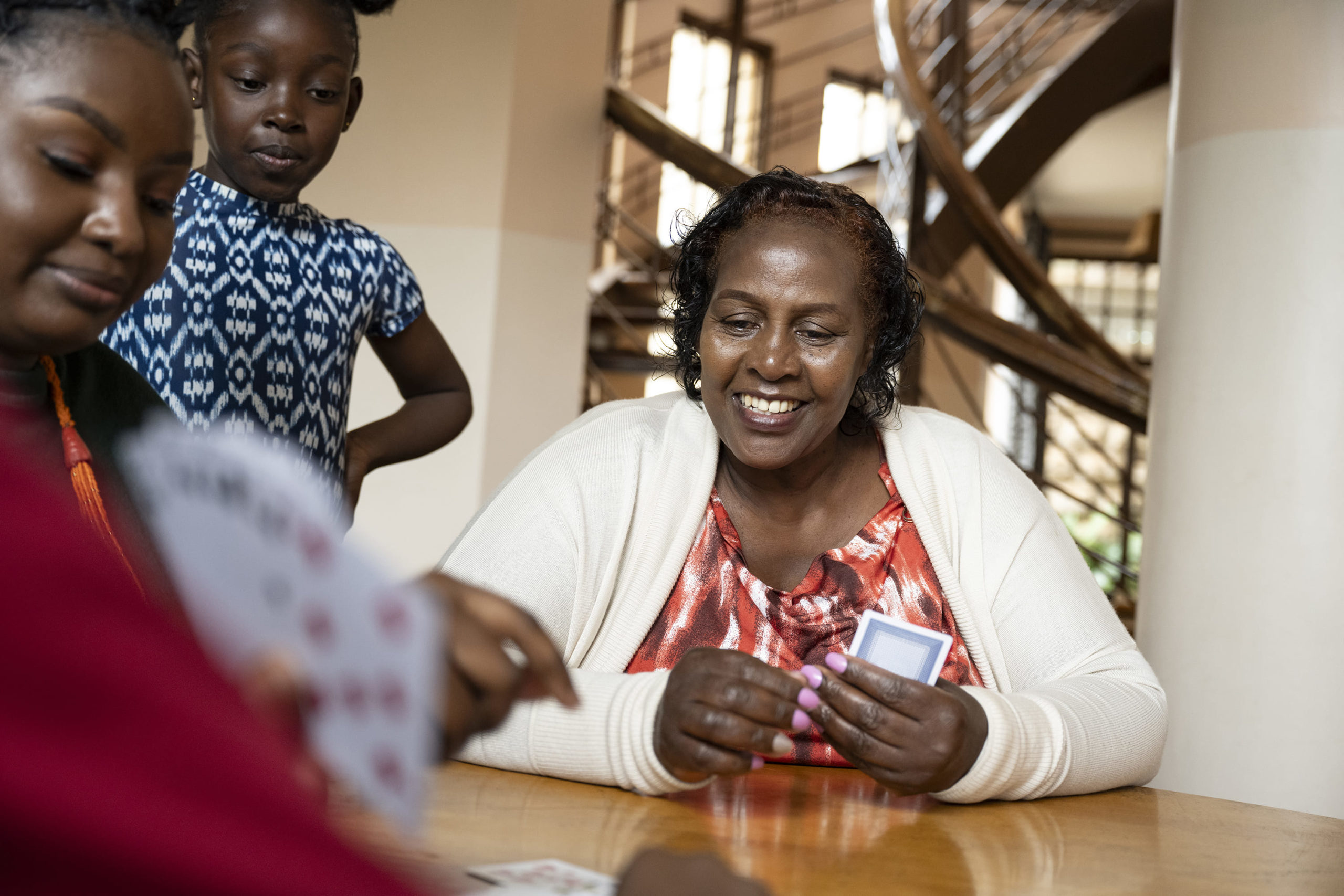Our project studies the role of the public sector and the opportunities it can provide for women’s employment and the gender pay gap in low-income countries (LICs). Using the preliminary evidence from microdata for a number of SSA countries, we show that the public sector in poor economies behaves very differently from private firms: it employs more educated workers, pays higher wages, and provides greater job stability. Moreover, it seems to be better at enforcing gender equality – the gender pay gap is lower, and the share of female employment (especially among married women) is higher in the public sector than in the private sector. We hypothesise that the former sector has the potential to significantly improve women’s welfare by reducing gender gaps and providing greater work flexibility.
The unique nature of developing countries, in the composition of their total output (a relatively large share of agriculture), and their socioeconomic factors including low availability of wage employment, high fertility rates, and social norms about female work, are pertinent to understanding labour markets in these regions. These factors call for a unified theoretical and empirical framework crafted specifically for poor economies.
Our approach consists of two steps. As a starting point, we will use the existing microdata from 13 Sub-Saharan African countries to document men’s and women’s occupational choices between subsistence, public, and private sectors and how these depend on their education, marital status, and fertility. In addition, we will compile a multi-country, individual-level dataset on gender pay gaps between the public and private sectors and show how they differ across countries depending on the aggregate indicators derived from the Jobs of the World dataset (such as the average birth rates, marriage rates, contraception use, etc.). Finally, using the available panel data for 7 SSA countries, we will compute average transition rates between sectors by gender, family status, and education. To the best of our knowledge, these statistics have not been reported for the SSA countries, yet they are informative about the prevailing constraints in the labour market. Our project will contribute to the empirical literature on the gender pay gap in developing countries by documenting it in a systematic way and linking it to macro indicators on fertility.
The second aim of this project is to develop a theoretical framework to better understand what drives women’s employment and fertility choices in poor economies and how the public sector can foster gender equality. Our proposed research follows the recent work by Ngai, Olivetti, and Petrongolo (2022) and Greenwood, Guner, and Marto (2021), by allowing for multiple sectors that have different complementarities with home production. We contribute to this literature by distinguishing between private, public, and subsistence sectors, and allowing them to interact in different ways with household production (that in turn depends on fertility). The public sector is particularly important in LICs due to several reasons: (i) it is a large employer employing from 20% to 50% of all wage workers in Sub-Saharan Africa, (ii) it is better able to enforce the gender equity laws and has the potential to affect social norms, (iii) it provides other amenities such as higher job stability and a less demanding work schedule that might be especially attractive to women with children. We plan to employ a combination of different aggregate and microdata, including differences in women’s family decisions (such as birth rates and marriage rates, contraceptive use, etc.) and the labour market environment (sectoral composition, the size of the public sector, average education levels, etc.) across countries and over time to discipline the model.
Using the structural model that we develop, we can gain a “big picture” of the labour markets in LICs and the constraints to female employment from both the demand and supply sides. This approach has a number of benefits. First, the model formalises the trade-offs that women face in the labour market and at home by explicitly quantifying the degree of compatibility with household production/caring responsibilities. Hence, we are able to make statements about women’s welfare and not only the earnings gaps. Second, we can also isolate the effects of different channels on female employment choices and fertility. Finally, we can use the model to run a number of counterfactual policies (aimed at improving job flexibility, providing childcare support, reducing the gender pay gap, etc.) and quantify their effects on women’s welfare. We think that our project can inform policymakers by providing novel stylised facts on the constraints that women face in LICs. Additionally, we will use the calibrated model to simulate the effects of various counterfactual policies on female employment and welfare. As gender inequality remains one of the biggest challenges in African economies, our approach will offer and quantify potential solutions to further gender equality.
